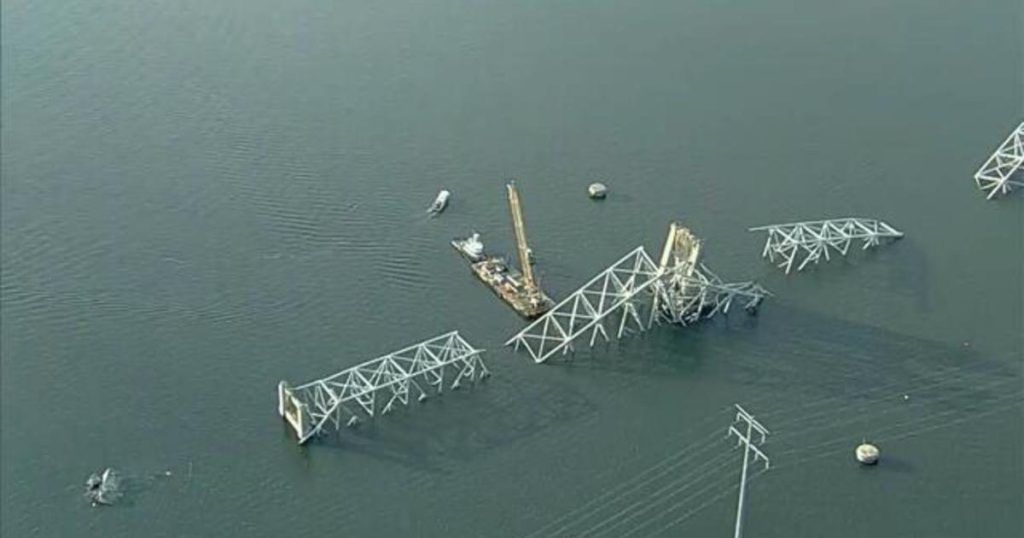The Port of Baltimore is currently undergoing a complex operation to reopen after the collapse of the Francis Scott Key Bridge. The collapse of the bridge has caused significant disruptions to the port’s operations, making it essential to quickly restore access to the port for cargo ships and other vessels. To support this effort, several cranes, including the largest floating crane on the East Coast, have been brought to the site, with more vital equipment on the way.
The arrival of the cranes marks a crucial step in the reopening process, as they will be used to remove debris and repair the damage caused by the collapse of the bridge. The use of the largest floating crane on the East Coast indicates the scale of the operation and the importance of restoring access to the port as soon as possible. The port plays a vital role in the region’s economy, serving as a major gateway for goods coming into and out of the area.
The collapse of the bridge has had a significant impact on the port’s operations, with cargo ships and other vessels unable to access the port. This has led to delays in shipments and disruptions to supply chains, highlighting the importance of quickly reopening the port. The arrival of the cranes and other vital equipment is a positive development in the reopening process, signaling progress towards restoring access to the port and minimizing the economic impact of the bridge collapse.
The reopening of the Port of Baltimore is a complex and challenging operation that requires coordination and resources to successfully restore access to the port. The use of specialized equipment, such as the large floating crane, reflects the scale of the operation and the importance of reopening the port quickly. The port plays a critical role in the region’s economy, supporting jobs and facilitating the movement of goods, making it essential to restore access as soon as possible.
The arrival of the cranes at the site is a significant milestone in the reopening process, with more vital equipment on the way to support the effort. The operation to reopen the port after the collapse of the Francis Scott Key Bridge is a priority for all involved, as the port’s operations are crucial to the region’s economy. By working to quickly restore access to the port, the goal is to minimize the impact of the bridge collapse on businesses and supply chains in the area.
In conclusion, the operation to reopen the Port of Baltimore after the collapse of the Francis Scott Key Bridge is underway, with several cranes and vital equipment being brought to the site to support the effort. The impact of the bridge collapse on the port’s operations has been significant, leading to delays in shipments and disruptions to supply chains. By working to quickly restore access to the port, the goal is to minimize the economic impact of the bridge collapse and support the region’s economy. The use of specialized equipment and the coordination of resources are essential to successfully reopen the port and resume its critical role in the movement of goods and support of jobs in the area.


